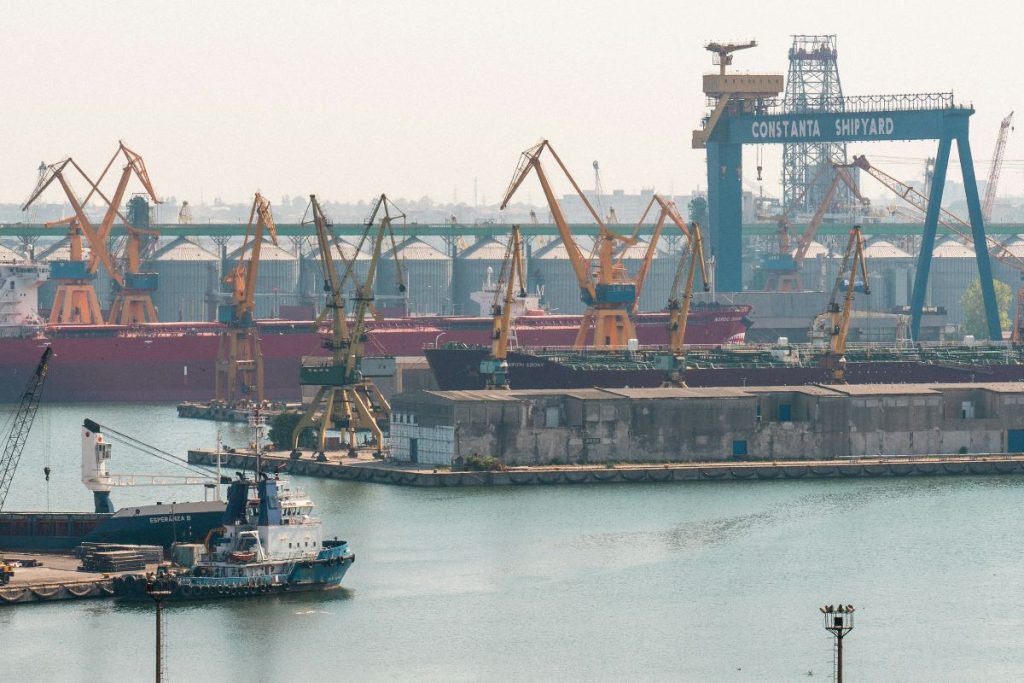On February 25, the International Longshoremen’s Association (ILA) members will cast their votes on a pivotal master contract that aims to define the balance between technological innovation and workforce protections at East and Gulf Coast ports.
A Contract That Could Reshape U.S. Port Operations
The ILA has confirmed its members will vote later this month on a six-year master contract negotiated with the United States Maritime Alliance. The deal, unanimously approved by the union’s wage scale committee, follows months of tension over the role of automation in U.S. ports. If ratified, the agreement will set strict limitations on fully automated terminals and require port operators to involve the union early in any decision-making around new technology. Workforce protections have been reinforced, ensuring that any implementation of automation will not result in job cuts or reduced working hours without a separate agreement in place.
The contract comes after a disruptive three-day strike in October that put U.S. supply chains on edge. The strike was resolved when both sides agreed to extend the previous contract while negotiating new terms. That deal is now set for approval, with its long-term implications drawing attention from executives across logistics, manufacturing, and shipping industries.
Automation vs. Workforce: A Delicate Balance for the Future
While the agreement provides stability for now, it does not resolve the larger conflict over automation in port operations. U.S. ports remain among the least automated in the developed world, with labor groups pushing back against the kind of large-scale technological shifts that have already transformed hubs like Rotterdam and Singapore. Many port operators view automation as critical to future efficiency and competitiveness, but unions argue that unchecked technological adoption could threaten thousands of jobs.
According to maritime industry analyst Dr. John Reinert, the deal delays rather than prevents a broader industry shift. He points out that global competition will eventually force U.S. port operators to revisit automation as an operational necessity. He warns that this contract may serve as a temporary measure, but the industry will likely face deeper structural challenges in the years ahead. If U.S. ports remain resistant to automation while global counterparts embrace it, the long-term consequences could extend beyond dockworkers and affect the entire flow of trade through East and Gulf Coast ports.
Industry Leaders Divided Over the Economic Consequences
Reactions to the deal have been mixed. Some industry groups have praised it as a win for American workers, arguing that it prevents an unchecked shift to automation that could destabilize jobs and communities. Others warn that restricting automation could weaken the competitiveness of U.S. ports in an increasingly technology-driven trade environment.
William Price, CEO of Global Trade Solutions, voiced concerns about the potential economic consequences. He emphasized that port efficiency is not just about speed but about resilience, and limiting automation could have far-reaching effects. “Port efficiency is not just about speed—it’s about resilience. If U.S. ports fall behind due to restrictive labor agreements, manufacturers and importers will seek alternative routes, and the long-term impact on trade could be severe.”
Some shipping executives are already discussing potential rerouting strategies should the contract’s restrictions slow down future efficiency gains. While the deal may ensure near-term labor stability, the question remains whether it will allow U.S. ports to keep pace with global advancements or leave them struggling against competitors with faster, more flexible logistics systems.
The upcoming vote on the ILA’s new contract will determine more than just working conditions for dockworkers. It represents a broader inflection point in the struggle between workforce protections and technological transformation in one of the most critical sectors of global trade. If automation is held back too long, the consequences may extend beyond the workforce, affecting port competitiveness, supply chain resilience, and the strategic positioning of U.S. trade routes. While this contract secures protections for labor today, it leaves an open question about how the industry will navigate the inevitable shifts ahead.







